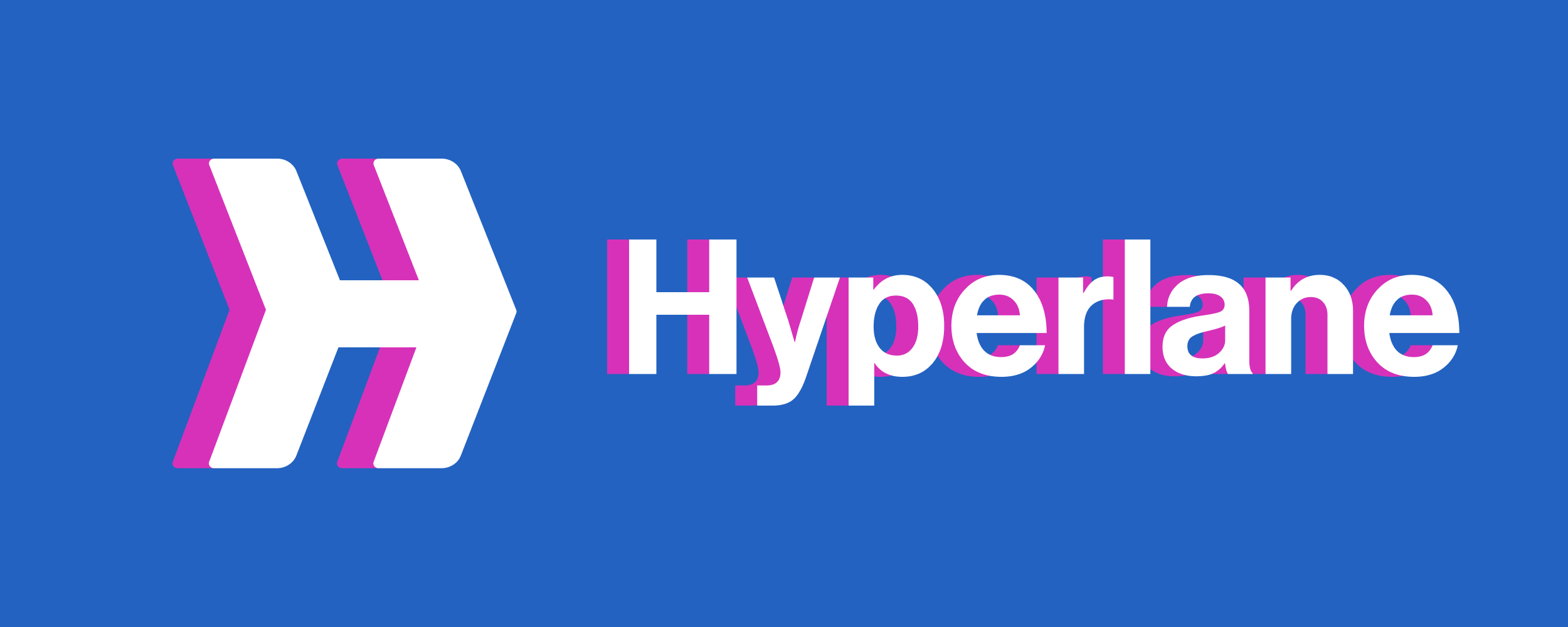Introducing Hyperlane - The Interoperability Layer for Web3

As the Web3 ecosystem grows, one of the most pressing needs is ensuring that decentralized applications (dApps) on different blockchains can communicate seamlessly. Interoperability between blockchains is crucial to unlocking the full potential of decentralized finance (DeFi), gaming, and other decentralized services. This is where Hyperlane steps in, positioning itself as a powerful protocol that facilitates secure and scalable inter-blockchain communication.
In this article, we’ll explore what Hyperlane is, how it works, and some practical examples of its use in the Web3 space.
What is Hyperlane?
Hyperlane is an interoperability protocol designed to connect different blockchains, enabling them to communicate with each other. It serves as a messaging layer for decentralized applications, allowing them to share data, tokens, or assets across different chains.
At its core, Hyperlane addresses the challenge of cross-chain communication, making it easier for dApps to operate on multiple blockchains simultaneously. By abstracting the complexity of blockchain interactions, Hyperlane allows developers to create more powerful and flexible applications.
How Hyperlane Works
Hyperlane operates through a modular system that developers can integrate into their applications to achieve cross-chain functionality. The protocol essentially creates "pathways" or "lanes" between blockchains, allowing data and value to flow between them. Here’s a high-level breakdown of how it functions:
Message Routing: Hyperlane uses an agent-based architecture where specialized agents handle the transmission of messages between blockchains. These agents are responsible for both reading and sending messages in a secure and trust-minimized way.
Gas Abstraction: Hyperlane abstracts away the complexities of gas fees by using a unique gas payment service. This enables users and developers to send transactions across chains without needing to manage gas payments on each individual chain.
Security via Watchtowers: Hyperlane employs watchtowers, which are third-party entities that monitor the system for any malicious activity. If they detect potential risks or misbehavior, they can trigger emergency actions, ensuring the system remains safe.
Modularity: Hyperlane is designed to be highly flexible, allowing developers to customize it according to the specific needs of their applications. Whether it’s using Hyperlane for simple token transfers or more complex smart contract interactions, developers can modify how they want their cross-chain communication to work.
Use Cases and Examples
To better understand the power and flexibility of Hyperlane, let’s look at some concrete examples of how the protocol can be used in practice.
1. Cross-Chain Token Transfers
One of the most straightforward applications of Hyperlane is for cross-chain token transfers. For example, let’s assume a user has tokens on Ethereum but wants to use them in a DeFi protocol on the Binance Smart Chain (BSC). Traditionally, this would require the user to go through a multi-step process involving bridges, which can be slow and expensive.
With Hyperlane, the DeFi protocol can directly communicate with Ethereum, allowing tokens to be transferred seamlessly across chains without needing the user to interact with a separate bridge. The user only interacts with the dApp interface, and the cross-chain messaging is handled by Hyperlane behind the scenes.
2. Cross-Chain DeFi Aggregators
Another powerful application of Hyperlane is enabling cross-chain DeFi aggregators. These platforms allow users to access liquidity from multiple blockchains, offering the best possible yield or trading rate across a range of protocols.
For instance, imagine a yield aggregator that operates on both Ethereum and Solana. Without Hyperlane, managing user funds across these chains would require complex manual processes, such as sending funds through third-party bridges or manually interacting with multiple smart contracts. Hyperlane simplifies this by allowing the aggregator to automatically manage funds across both Ethereum and Solana, improving efficiency, reducing costs, and providing a better user experience.
3. Interoperable Gaming Economies
The gaming industry is another space where Hyperlane’s cross-chain capabilities shine. Many blockchain games are building interoperable economies where in-game assets (like characters, skins, or items) can be transferred or shared between games built on different blockchains.
For example, let’s say Game A is built on the Avalanche blockchain, while Game B operates on the Polygon blockchain. Players in Game A earn valuable items that they want to use in Game B. With Hyperlane, these items can be seamlessly transferred from one blockchain to another, creating a truly interoperable gaming experience.
4. Multi-Chain NFTs
Non-fungible tokens (NFTs) have exploded in popularity, but they are often limited to the blockchain they are created on. Hyperlane can enable multi-chain NFTs that are interoperable across blockchains.
Consider an artist who wants their NFT to be available on Ethereum, Solana, and Tezos. Using Hyperlane, the NFT can exist on multiple chains simultaneously. When the NFT is sold or transferred, it can move between these blockchains without the buyer needing to worry about cross-chain complexity.
Hyperlane vs. Other Interoperability Solutions While there are several other interoperability solutions like Polkadot, Cosmos, and LayerZero, Hyperlane stands out due to its simplicity and modularity. Unlike some solutions that require developers to conform to a particular set of rules or infrastructure, Hyperlane is designed to be plug-and-play. Developers can integrate Hyperlane into their existing dApps without needing to overhaul their applications or learn complex new frameworks.
Additionally, Hyperlane’s use of watchtowers and modular security systems offers a flexible and scalable approach to maintaining the safety and integrity of cross-chain communication, which is a significant concern for developers and users alike.
Conclusion
Hyperlane is an exciting development in the world of blockchain interoperability. By making it easier for decentralized applications to communicate across blockchains, Hyperlane is helping to pave the way for a more interconnected and efficient Web3 ecosystem.
Whether it’s cross-chain DeFi, interoperable gaming economies, or the seamless transfer of NFTs across multiple chains, Hyperlane offers a solution that reduces complexity while maximizing flexibility for developers. As the demand for cross-chain capabilities grows, Hyperlane is well-positioned to play a key role in driving the next wave of innovation in decentralized technologies.